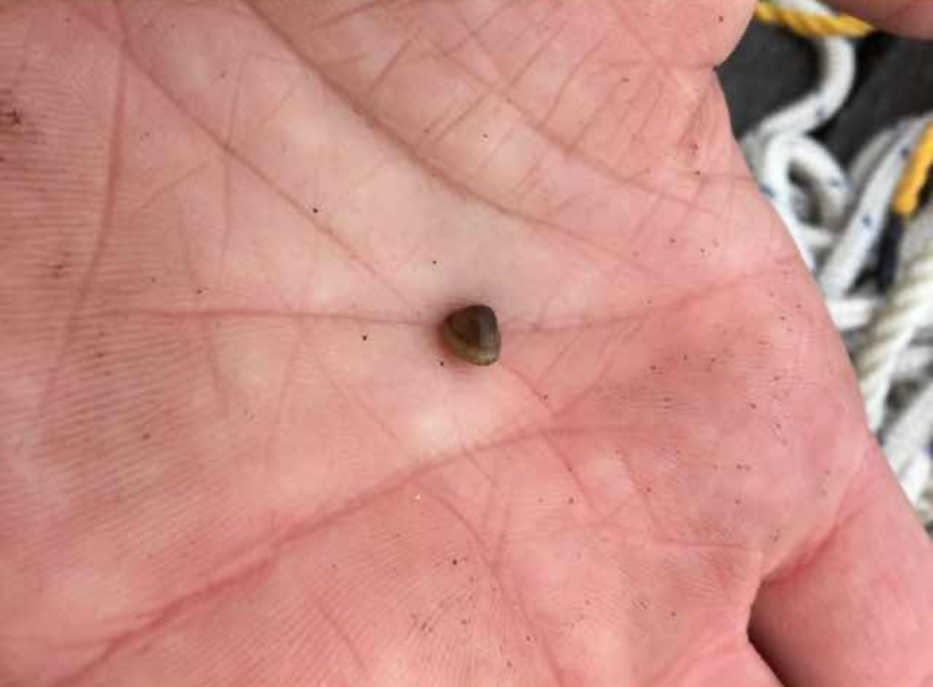Many of us who spend time on the Kenai Peninsula have to some extent been drawn by our love of nature. Midsummer traffic slow-downs at seemingly every big, hairy creature demonstrate our desire to document and share about the natural world through photographs and, more recently, via social media.
I encourage you to feed this desire to know about and share your discoveries. The venues for learning, documenting, and sharing have become ever more convenient, informative, and useful.
Birders were some of the earliest to take this kind of hobby online with ebird (http://www.ebird.org/), a hub where bird sightings, photographs, and checklists are shared among the birding (and science) community. Sightings are reviewed by local experts and become publicly available so that anyone can see where and when to see birds locally. A free app for iOS, eBird Mobile, makes it even easier and more convenient to record avian observations as they happen.
My favorite resource of this genre is iNaturalist (http://www.inaturalist.org/), which accommodates photos, sounds, and observations of basically any living thing. Observations are reviewed by the community, improving their quality and facilitating a social media dimension where members follow, comment on, and learn from each other’s contributions. A free iNaturalist app is available for both iOS and Android platforms, enabling users to easily add their observations from anywhere.
On the science fiction end of the spectrum is LifeScanner (http://www.lifescanner.net/), a consumer-ready kit designed to enable identifications of just about any animal by sequencing a small portion of its DNA. Each $35 kit includes four small vials filled with a non-toxic DNA preservation fluid. Collected samples are mailed to a DNA sequencing facility and soon the identifications appear on the user’s mobile device via the free LifeScanner app for iOS.
These DNA-based identifications open wide the possibilities of learning about those hard-to-know creatures like insects, worms, marine invertebrates, and other animals for which photographs are usually inadequate for identifications. After trying out a kit myself (results: http://bit.ly/1OGNkcE), I ordered LifeScanner kits for my children to teach them about DNA sequencing as a homeschool science project.
Though seemingly old-fashioned compared to LifeScanner, actually collecting specimens remains the most verifiable and often the most informative method of learning about living things. For example, we now have a good knowledge of the Alaskan butterfly fauna thanks to the efforts of Ken Philip and more than 400 volunteers who collected over 100,000 butterfly specimens. You can send insect and spider specimens to the University of Alaska Museum entomology collection (donations: http://bit.ly/1M7d2jW), where the data will be made available through Arctos (http://arctos.database.museum/). A permit may be required for collecting specimens on the Kenai National Wildlife Refuge.
As interesting, educational, and rewarding as these citizen science resources can be for the individual, these efforts become much more meaningful when the data are shared broadly and used. The community science examples I gave above (ebird, iNaturalist, LifeScanner and Arctos) all contribute expert-vetted data to The Global Biodiversity Information Facility (http://www.gbif.org/), the go-to website for worldwide species distribution data.
When people view maps of species occurrence via websites like the Encyclopedia of Life (http://www.eol.org/), observations by members of the public are displayed as dots on the maps, often with opportunities for anyone to learn more through links leading to the original observations.
Here the Kenai Refuge, our biologists tap these data for accomplishing our conservation goals. Congress mandated that the Refuge “conserve fish and wildlife populations and habitats in their natural diversity,” which specifically included insects and other invertebrates. Toward this end, we maintain a checklist of the living things that occur on the Refuge, currently 1,865 species including 34 mammals, 154 birds, one amphibian, 20 fish, 629 invertebrates, 673 plants, and 354 fungi.
Please have a look at this list on our website (http://1.usa.gov/1RUstRs) and check out a more interactive but less exhaustive list on iNaturalist.org (http://bit.ly/1XibiME). I invite you to add species to our checklist. Everyone’s input is needed to help make this list as truthful as possible. Please contact me if you find an error or a questionable record in our checklist.
Many of you are already out and about photographing and sharing the wonders of the natural world that you encounter. I personally offer a small prize (a bottle of sparkling apple cider?) if you can be the first to provide good photo-documentation of either of two species growing on the Kenai Refuge. The first should be relatively easy. Ostrich ferns grow in Homer, Nikiski, and the Kenai Mountains even as close to the Refuge as the Forest Service side of the Russian River. With leaves up to about 4 feet long, this is one of our largest, most conspicuous ferns. The second is moschatel, a charming but easily-overlooked understory plant known locally from Nikiski, Ninilchik, and Homer. Both of these plant species likely live on the Refuge but have yet to be documented within its boundaries.
I ask you to take the next step and post your observations of these two species or any others you find in ways that will benefit the broader science and conservation communities, as well as the subjects of your photos.
Matt Bowser serves as Entomologist at the Kenai National Wildlife Refuge. Find more information at http://www.fws.gov/refuge/kenai/ or http://www.facebook.com/kenainationalwildliferefuge.

